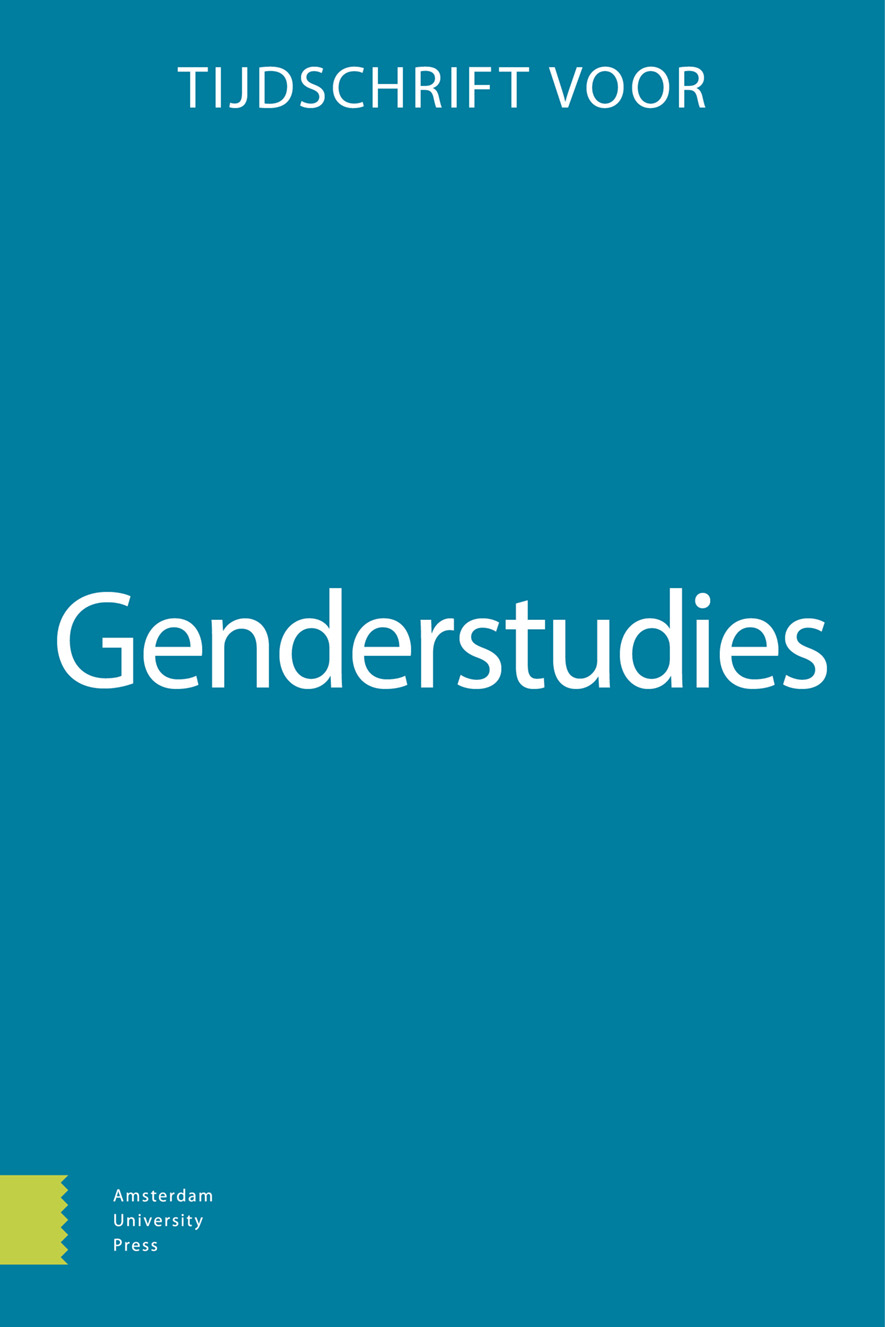-
oa Gender en diversiteit in het geneeskundeonderwijs
Maakt gender mainstreaming verschil?
- Amsterdam University Press
- Source: Tijdschrift voor Genderstudies, Volume 19, Issue 2, Jun 2016, p. 225 - 239
Abstract
Addressing biological sex and sociocultural gender differences in health and illness is essential to deliver high quality of care to both men and women. Sex and gender issues should therefore be structurally integrated in medical education. An often-used strategy to implement these issues is gender mainstreaming, which aims to reduce gender bias and change existing practices by involving regular actors in education. While gender mainstreaming projects have been carried out throughout medical schools in the Netherlands, and despite reports of success, evaluations also demonstrate gender mainstreaming’s limitations. We therefore critically analysed the projects using Squires’ three gender mainstreaming strategies: inclusion, reversal, or displacement. We conclude that the projects mainly applied inclusion and reversal, and hardly used displacement, suggesting that structural change has not been fostered. Increasing implementation efforts at a management level, an additional focus on other aspects of diversity (diversity mainstreaming), and establishing larger coalitions may offer new opportunities for change in medical education.


